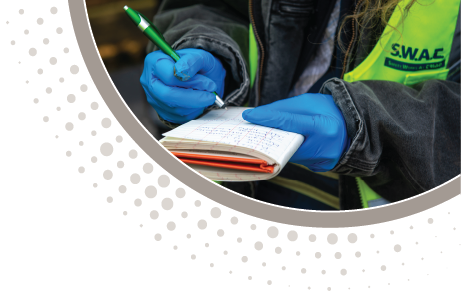Reflecting on 36 Years of CADD
By Greg Rhodes Looking back, it’s hard to believe I’ve been a part of this industry for 36 years. My journey began at Gerald Cump & Associates in June 1988, and when the company became part of Triad in 2004, I was happy to stay and continue growing with the team. Over the years, I’ve been fortunate to work alongside coworkers who are dedicated to teamwork, and have a commitment to getting the job done right. That kind of camaraderie is rare, and it’s one of the many reasons I’ve stayed so long. The work environment has kept me motivated,…
Drilling at Triad
By John Haynes Looking back on my time at Triad, it’s hard to believe how much has changed since I started in 1990. I joined the company as a 17-year-old kid who was washing sample jars. Over the years, I moved around through various departments—QC, surveying, the lab—before I officially became a staff engineer in 1996, following my graduation with a BSME. In 1998, at Triad’s request, I returned to school part-time to pursue a BSCE. By 2006, I earned my degree and was promoted to project-level engineer. And by 2013, I was managing all the drilling departments across Triad,…


